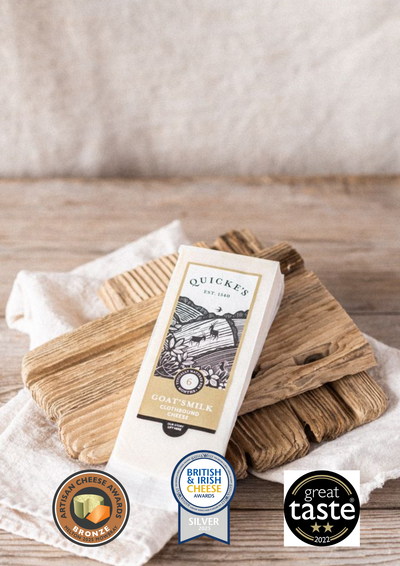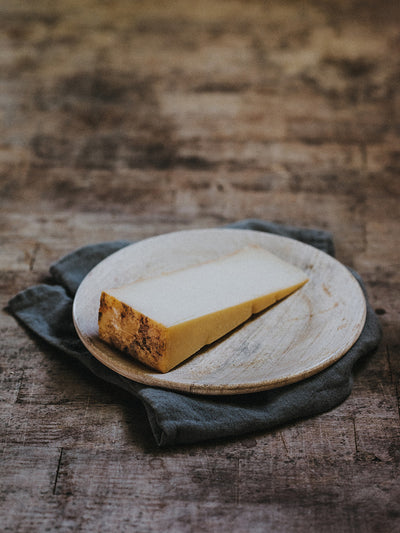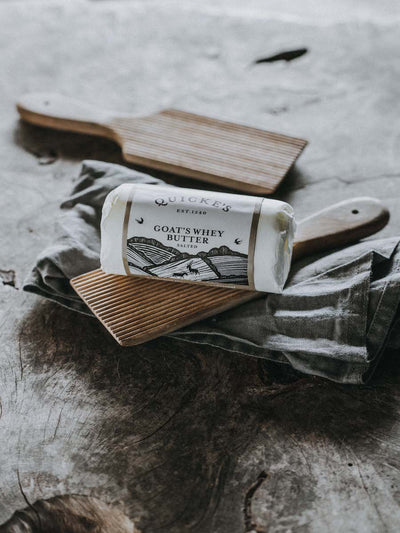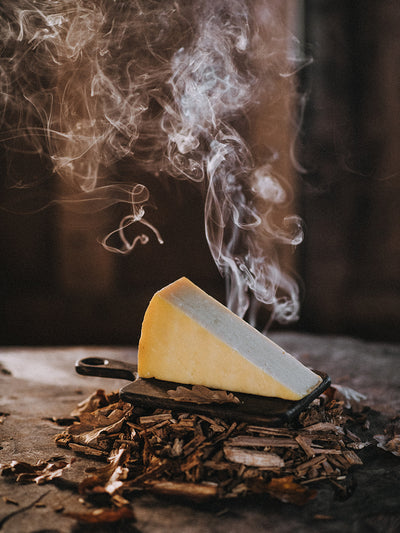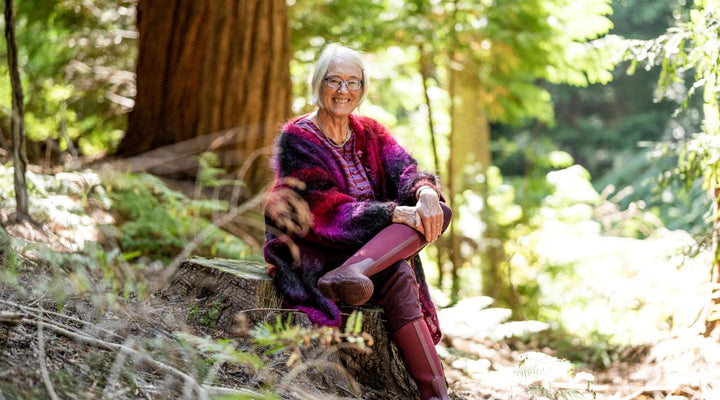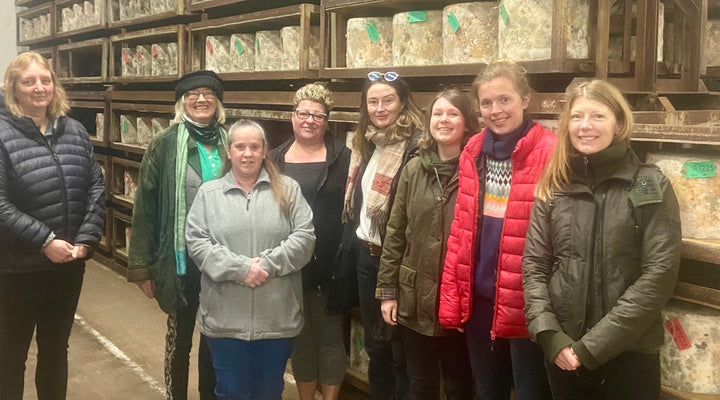NATURE
Leaves pour off the trees, revealing the bones of the landscape veiled up to now with summer splendour. The creatures visible are the hard core that remain through the winter. Foxes work a little harder for the scarcer rabbits. Clouds of finches and seed-eating birds dance across the arable stubble. The fallow does settle down, the party time of the rut over. Other animals hibernate. Weeding heather, it's distressing to disturb a sleepy bumblebee. As it flies heavily into the chilly air, its coat bedraggled with autumn damp, I hope it will find a feed then get back to sleep and safety.
I make the last pick of apples: I store them in a little fridge and I need to have eaten some of the early picks to fit more into the fridge. Some apples, like Bramleys with their waxy coats, stand well on a cool shelf, but most apples stored out of chill become wrinkled, soft and concentrated, delicious in flavour but missing the apple crunch.
ARABLE
This year’s crops are safely in the barn: far more grass silage than we need, rendering the maize silage superfluous. Will we be brave enough not to grow it next year? It's a good feed to pop a little extra energy into the cows’ diets should they need it, but it is a crop we grow specially. Better, if we can, to do without, but what if next year is less grassy? Anyone got a fully functioning crystal ball?
Next year’s crops are mostly sown and showing their first shoots, brave single leaves that will stand the whole winter, to become the main shoot for a flourishing many-stemmed wheat or barley plant next year. Now that vulnerable little beginning takes its chances against slugs, rabbits, moulds and mildews, wet and cold.
GRASS
The grass grew strongly in the warm wet autumn. The cows are chomping their way through it. It's important to eat it short enough so it doesn't get mouldy and susceptible to frost, and leave enough to feed the cows in February when the pasture is firm enough to take their weight. We've got until about Christmas, depending on weather. Too wet and we will stop grazing to avoid damaging the soil, but skillfully grazed, it’s surprising what weather you can graze in.
While the grass is plenty enough and plenty rich enough for the spring cows, good bellyfill, the autumn cows are the reverse, and getting to peak milk. They get hungrier than the pasture can provide, and that is where the stored sunshine in the silage comes in. It’s the pickled goodness of the summer pastures. We mixed some wheat feed in with the grass silage when we made it, and that helps the cows produce the lovely balanced milk the cheese dairy needs to make rich and luscious cheese, with layers of flavour even as the pasture gets a little plain.
COWS
The heifers and calves are on their final tour of the farm, tidying up the grass so it is clean for grazing next year. Some of the grass we will graze in February grows now, some will grow slowly between now and then. Almost every day of the year, all except when there is a frost on the ground, the grass grows. The animals grow woolly coats to protect them from cold and wet, they look like shaggy mountain cattle not dairy animals.
This month we want to get the autumn cows and the oldest heifers in calf, and by the end of this month we judge the cows sufficiently recovered from calving in August to let them have their way. The same for the growing heifers. Milk from the spring herd tails off, close to the end of lactation. We will milk them once a day now: their yields reduce, their calves grow big inside them and they can't be bothered to come in for milking twice in a day (we all get a bit weary when the sun struggles to get up in the morning).
DAIRY
In the cheese dairy, we watch the changes in the milk as the grass and feed changes. In part, we can change the milk by subtle changes to the parlour bait we feed the cows. In part we make adjustments in the cheese dairy. Milk too fatty? Cut a little finer to let it out, all good for making more butter. Too firm? Hold a little more moisture, should we cut a little larger? Every vat of milk behaves a little differently and all the little adjustments of when and how to cut the junket, how long to scald, when to take the whey off, whether to dry stir the curd, how long to give each stage is the thing that makes cheese making perennially fascinating. Everything you do has an impact, and with the target flavour of rich, luscious and complex cheese for ever in view.
The Americans’ and Australians’ Christmas and holiday cheese is all packed up and sent across the water. Now we are selecting, preparing and sending cheese off to grace the tables of people in this country. I love the way people get a dreamy look in their eyes when they describe how much they love cheese (particularly when it's ours they are thinking about). It's such an honour to play a part in one of people's most cherished pleasures, and spend my time thinking how best to do that.
RECIPE
Before we get to party excess, I like to enjoy the simple foods. I leapt on this lovely recipe from the wonderful Tim Maddams, which I saw in a recent Devon Life.
Impromptu cheese toastie: Just mix grated apple and Quickes Mature Cheddar with a little mustard and grill it on toast.
You can't get much simpler than that to combine two great Devon foods for the ultimate corner-filler.
M A R Y Q U I C K E

